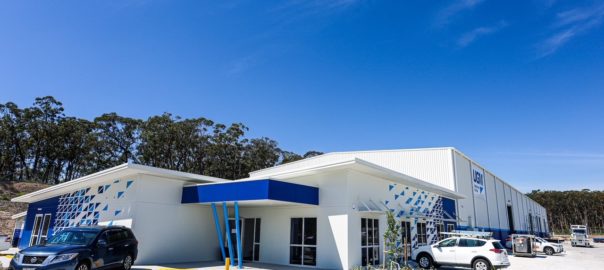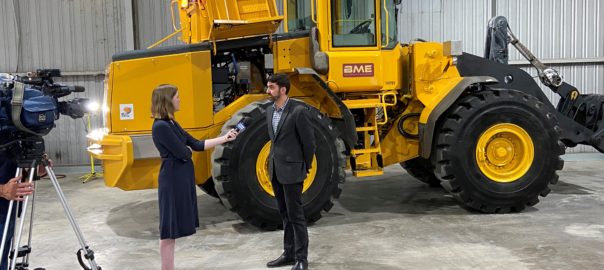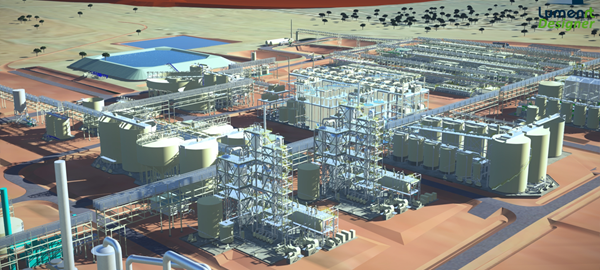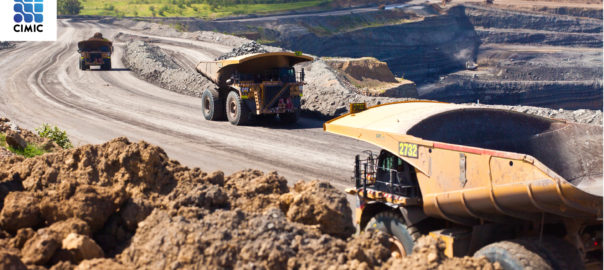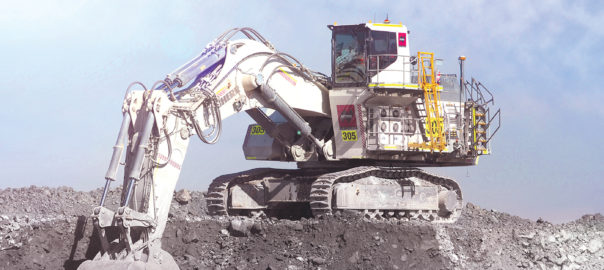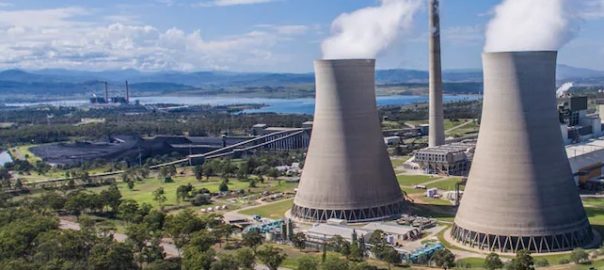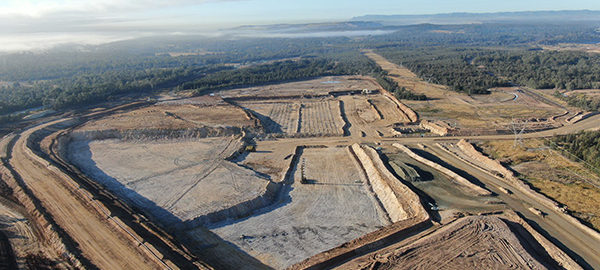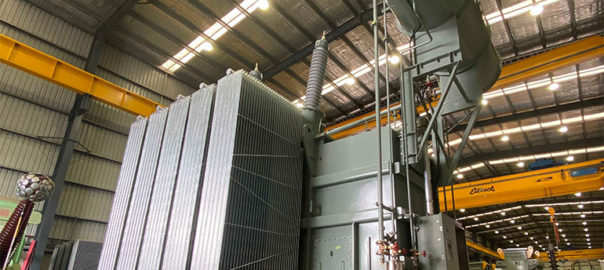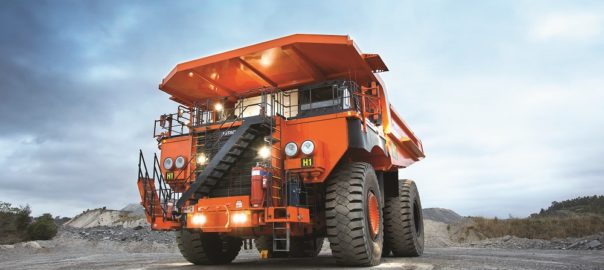Australia-based underground services provider, UGM, has opened the doors on its new purpose-built diesel and electrical workshop facility in Morisset, New South Wales.
UGM, which forms part of the Bis group, said the location for the new facility was strategically selected for its proximity to the region’s key mining operators, providing enhanced services for customers.
Building on UGM’s existing underground repair, overhaul, field service and spare parts services, the western Lake Macquarie facility was also designed to support UGM in delivering new services to a broader customer set.
Bis Underground Services General Manager, Mark Doyle, said the move will bolster UGM’s diesel and electrical capacity and provide faster expert service for its underground mining and civil customers.
“The Morisset location provides proximity to local mining operations and the opportunity to design a space with a much larger footprint, to support our growth plans.
“The new facility is three times larger, enabling UGM to offer a broader range of niche customer solutions. One of these is growing our tunnelling infrastructure capabilities, including our licensed Mitsui roadheader operations, which services major civil underground projects throughout the Eastern seaboard.”







